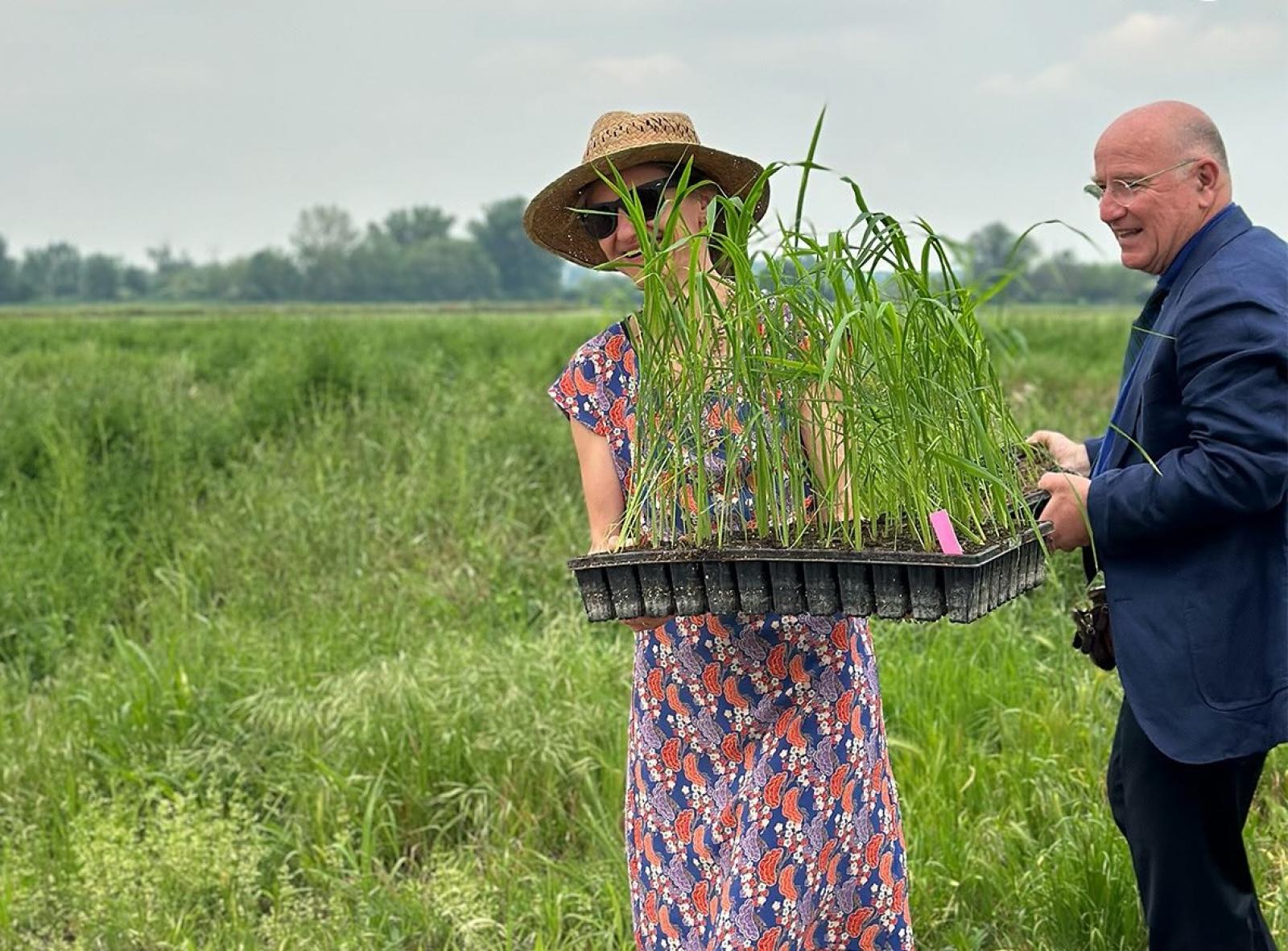Last December, newspapers around the World have given space on their pages to the Chinese moon landing attempt, which unfortunately failed shortly afterwards, when the rover suddenly failed. Even if the attempt ended in failure, it remains a significant symbol of how much China is investing in scientific research and technological innovation. Moreover, in 2020 China has planned to build the Chinese Space Station.
But not only aerospace engineering. Also particle physics seems to be fundamental in the development program for Chinese innovation and INFN is now one of the major partners in this project. “Italy is a privileged partner for China in the field of particle physics, and Chinese researchers are asking us for years to collaborate on their projects,” says Fernando Ferroni, President of INFN. “For three years there has been an agreement between Italy and China to work together on their scientific projects and this year, on May 17th, we will meet their delegation to secure future collaborations.”
China is currently working hard to build new satellites and is taking a lot of inspiration from Italian technology like AGILE, a satellite launched in 2007 to explore some of the most violent phenomena of the universe, PAMELA, which investigates cosmic radiation, and FERMI, the NASA satellite mission dedicated to the study of gamma radiation. Furthermore, a recent collaboration between Italy and China was born to study the variability of the electromagnetic environment around the Earth and to realize a sophisticated seismic monitoring equipment to be installed on the CSES Chinese satellite that will be put in orbit in 2016.
The cooperation with Italy took place in an unusual way for China. “They usually take advantage of the experience of researchers who go abroad for university and that, unlike Italians, go back in China after their studies,” Ferroni explains. “This is an usual practice in countries like United States, but certainly not in a country like Italy. We have earned our privileged partnership in another way.” For example, thanks to a first experiment called ARGO, built fifteen year ago and aimed to study cosmic rays, mainly cosmic gamma-radiation. In this case, Italian knowledge had helped Chinese scientists a lot, as regards to the construction of some parts of the experiment.
At the moment, China is working in two directions: one is the building of a Chinese particle accelerator, while the second experiment, which is more important, is located between Shenzhen and Hong Kong, and its aim is to clarify precisely the order of the neutrino mass. “In this experiment we participate with a group of researchers from INFN in Milan, who had built the purifier of the Borexino liquid scintillator.”
Italy, and in particular the INFN, are therefore privileged partners in supporting China in its scientific and technological development. But does the reverse also happen? What is the Chinese role in Italian research projects? “Chinese research in the field of particle physics is still in the prototype stage compared to our own,” Ferroni explains, “but their contribution is important to us, especially in the experiments on the search for dark matter. They also have huge funding for research and this is certainly a huge stimulus for us.”


